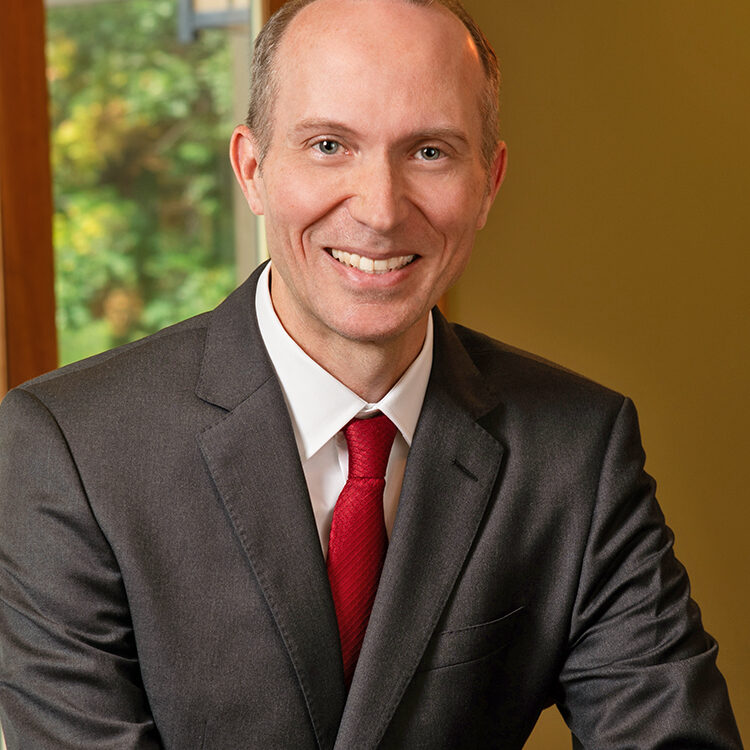Like many parents, I want to help my children achieve success as much as possible. That success comes in many different forms – physically, mentally, emotionally, spiritually, and financially. I want to be able to give my kids enough to help them, but not so much so that it’s detrimental. Many times it is a balancing act knowing how much to assist – while providing them with the right amount of independence.
When it comes to finances, there are many teachable moments throughout a child’s life that form the way they think about money in the future. One of my favorite things to ask a prospective client the first time they visit us at CCM is, “What is your favorite money memory?” For me, it is saving enough money to buy a $135 bicycle as a 13-year-old.
Establishing these types of memories with my children includes taking them to a local retail store and going up and down the toy aisles. When they each have $6 in their pockets, they go through the process of recognizing the items they can and cannot buy – if something costs $7.99, it’s not going to work. It also may be the case that one of my sons happens to have $20 in his pocket, and the other just the $6, due to differences in their savings habits – and this too becomes a lasting life lesson (although admittedly can test my conflict resolution skills in the middle of a store).
There are lessons applicable to children of all ages. For example, one of the best times to begin discussions around college funding with children or grandchildren is in middle school. Granted, conversations with beneficiaries many times occur after the plan is set in motion (in this case, it’s not unheard of to establish a 529 account upon a child’s birth or before). No matter when an account is established, I recommend setting expectations early as to how much you intend to contribute to your children’s or grandchildren’s education. For example, are contributions going to be made as gifts for birthdays and holidays? Based on academic performance? As a match on a percentage of their own contributions? This allows you to adequately plan for increasing college costs and mitigate surprises once a child reaches college age.
Discussions around bigger topics like family wealth and values can be optimal to begin when children are in their 20s or 30s. For example, are your children practicing healthy spending habits? Do they have expectations for your support? Do they understand their own investment accounts and the time value of money? Are there gifting or inheritance expectations? What values would you like to pass along to future generations? Do you have charitable intents you want to share with your children or other heirs?
Unfortunately, too many people wait to address questions like these, or have these conversations with their children or other heirs when they or a loved one are facing mortality. I encourage you to have these conversations within your family and with your advisor. CCM works with more than 900 families, giving us the breadth and depth of many family experiences to draw upon when we work with you. If you are wondering how to broach these topics with your own children, please contact your advisor. We enjoy facilitating these discussions as it brings numerous tenets of our wealth management role together and gives the families we work with peace of mind.
NOTE: The information provided in this article is intended for clients of Carlson Capital Management. We recommend that individuals consult with a professional adviser familiar with their particular situation for advice concerning specific investment, accounting, tax, and legal matters before taking any action.

